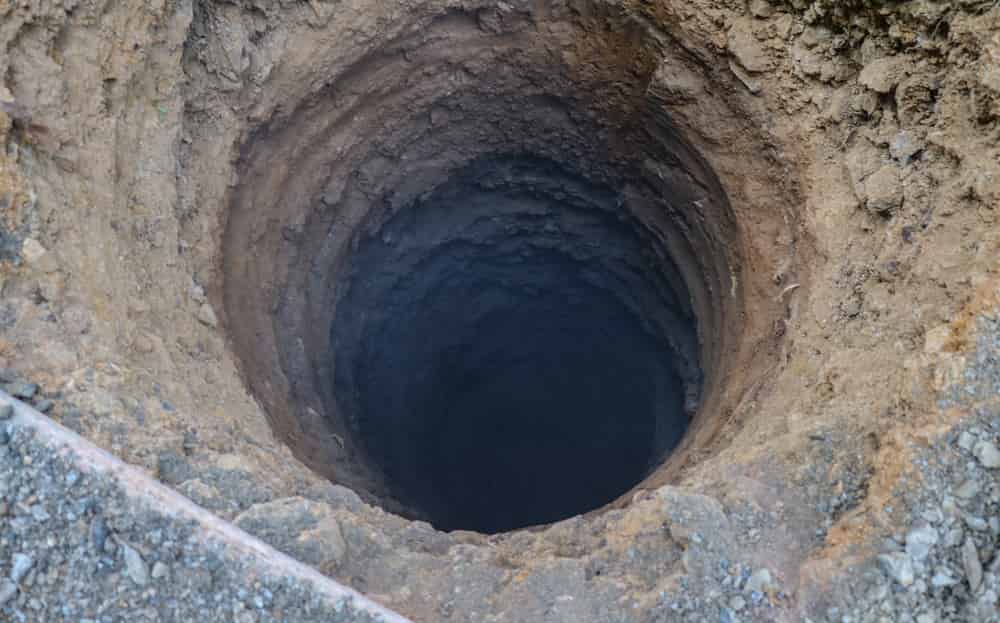No one likes to worry about home repair, especially when the danger is not immediately present. Not preparing for natural weather disasters can often be rationalized with ‘Nothing has happened yet, so why should I worry?’ and ‘I can’t afford to prepare for these things, I’ll figure them out when and if it happens.’ Still, for some, summertime means overwhelming heat and the potential of earthquakes. For others, it brings the possibility of torrential rain, which in turn can produce flooding in or around your house.
If you’re in the latter group, a dry well is of the utmost importance to you.
What is a dry well?
A dry well is similar to its name in that it is a well, one used to help drain storm water, runoff from your roof, and surface runoff. The well is used as a storage place for the water, sending it underground in a natural way. They, in turn, can help reduce the adverse effects of stormwater runoff on streams and rivers, as instead of the rainwater naturally making its way into the streets, drains, and rivers, it is instead sent back to the ground. This ability to recharge local groundwater supplies can help increase water resource security by helping prevent drought and excessive groundwater extraction.
Depending on the average amount of storm water you need to control, you can choose to install a dry well that’s as small as a couple feet in depth and diameter or as large as several feet wide and several feet deep. There are countless options depending on your yard size, state and local weather, and budget.
Photo of a dry well, for reference:

Drywells have been used around the world for centuries and many states already have regulated and existent wells put in place, such as California, Washington, Arizona and Oregon. They are not only common but also may be a necessary installation to prevent flooding to your home itself.
So how do you know if you need one?
In some areas, homeowners may be required to install one or more dry wells to reduce the impact on neighborhood storm drains. If dry wells aren’t mandated where you live, you can use soil testing along with advice from your local building authority to help determine whether a dry well should be installed on your property. If you’ve noticed the soil in your yard taking a long time to absorb water, it is likely you may want to check out your options.
Give GJ MacRae Foundation Repair a call for all of your drywell needs.







